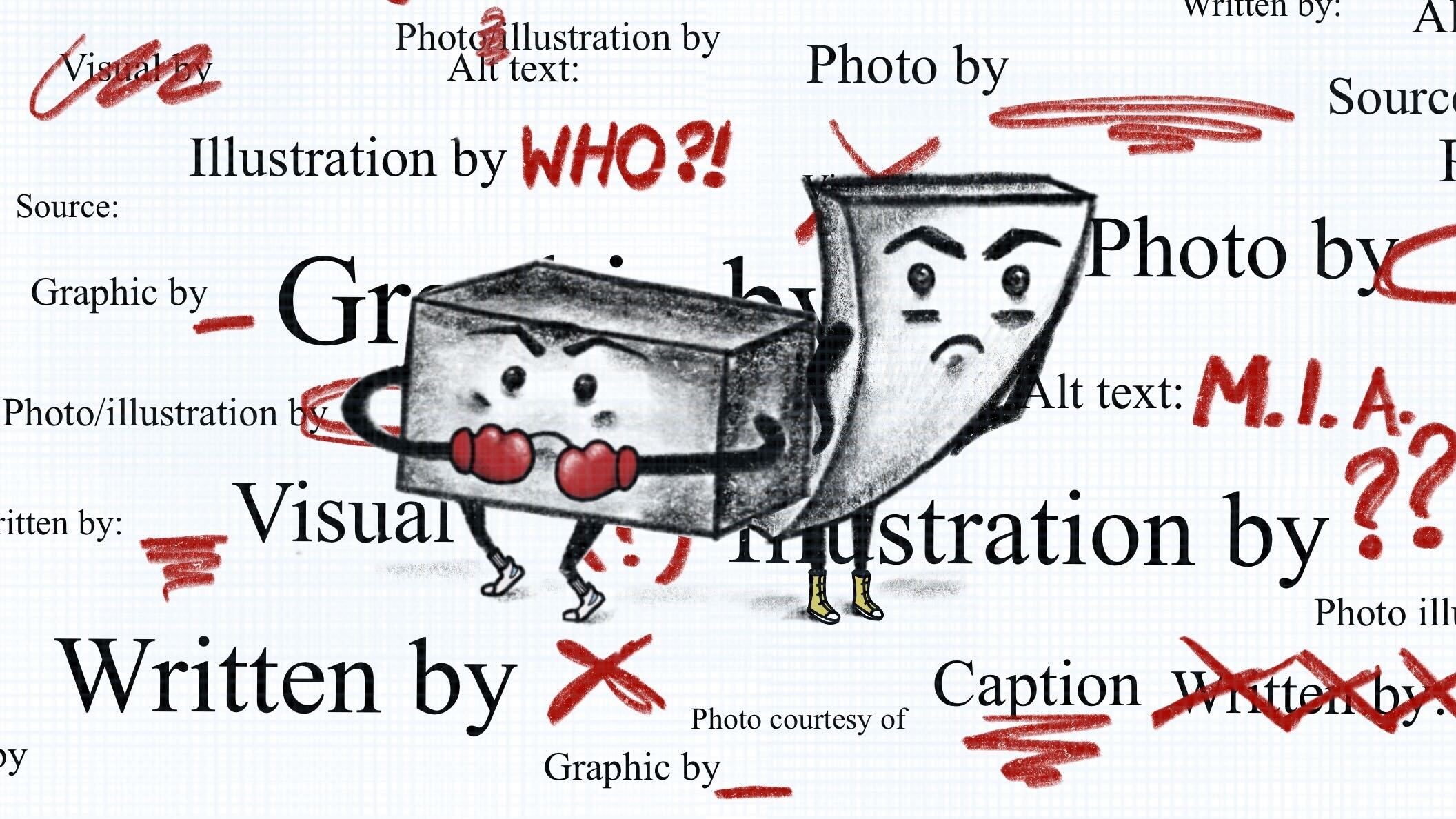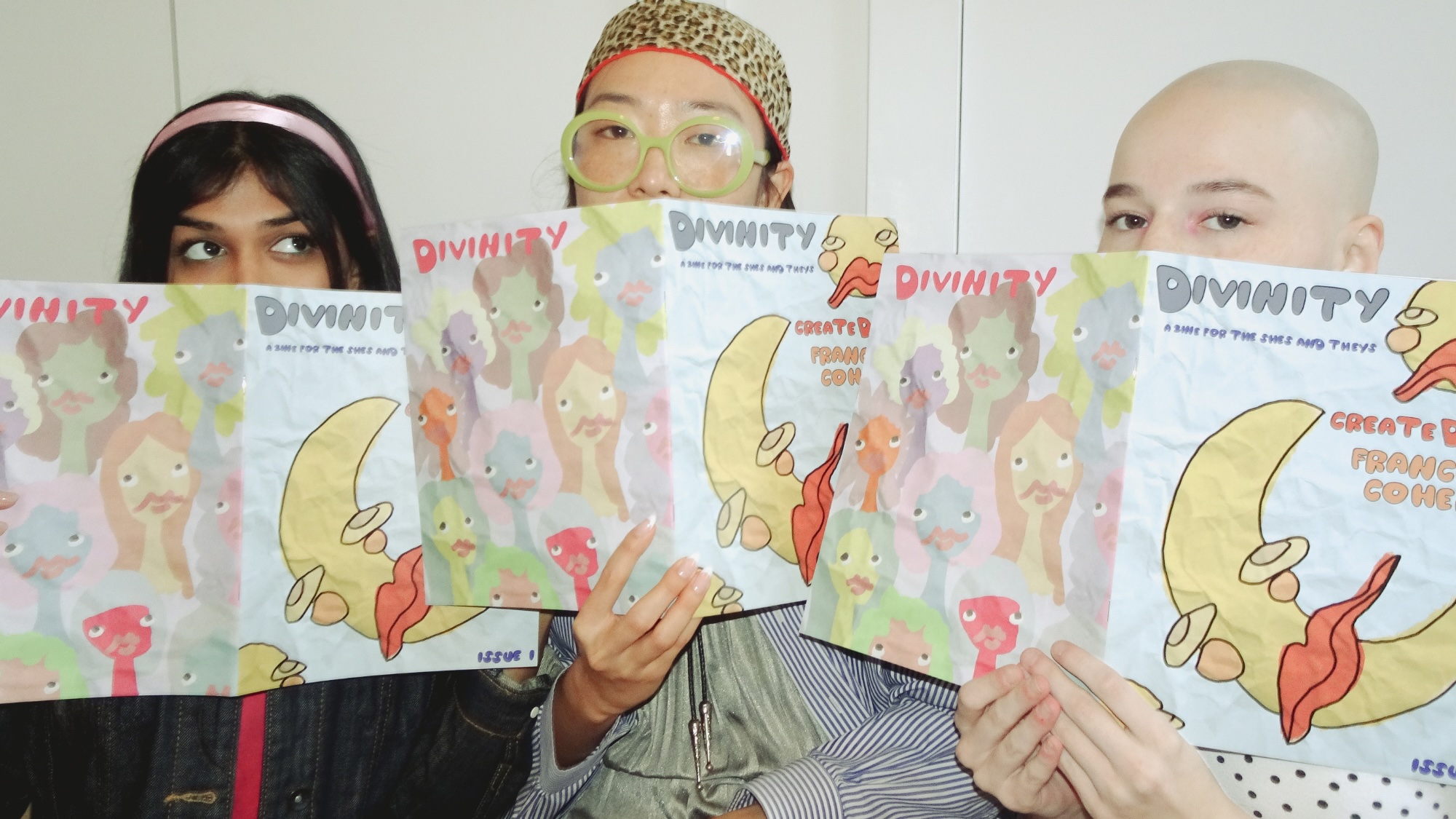If you have an interest in thriller-horror films, there is a high chance you have seen Hush (2016). Mike Flanagan is not a new name to the scene, having directed films like Doctor Sleep, Gerald’s Game, and series like The Haunting of Hill House, The Haunting of Bly Manor, and Midnight Mass.
Hush has made its return to the big screen, but this time, it brings forth a refreshing change. The new “shush cut” of the film is entirely in black and white, with a new audio mix. The IFC Center held special screenings on Oct. 18 and 19, which opened with a Q&A hosted by the director and his collaborator and wife, Kate Siegel. There they shared that they originally planned for the film to be made in black and white, as the high contrast lighting accentuates silent jumpscares. However, they were unable to carry this idea forward due to the production team’s fear that it would look “too arthouse,” leading to issues with distribution.
Eight years after its initial release, the pair have gathered enough praise to finally have their film screened the way they had intended. The film follows Maddie (Kate Siegel), a young writer living out in the woods, hoping to finish her book. This seems to be the traditional set-up for a home invasion film, a young lady living alone in the woods. The catch, however, lies in the fact that Maddie has lost her hearing and voice due to bacterial meningitis at the tender age of 13.
The film is a cat-and-mouse game between Maddie and the masked intruder. The home invader (John Gallagher Jr.) breaks into Maddie’s home after killing her neighbor. By the time Maddie realizes there’s another being in her presence, it’s almost too late. The second and third acts are suffocating and intense. Flanagan’s direction puts the audience in the same boat as Maddie, making them entirely unaware of the invader’s next move. The only few times the audience sees him advance are when he is already charging towards her, or when he is already at her window taunting her.
While this point of view was effective in the original cut of the film, having it in black and white only amplified this. During the opening introduction, Flanagan talked about the process of re-coloring the movie, rather than simply desaturating it — which he claims takes the life out of the film. He explained that he wanted the shadows to be darker so that the audience would be blindsided by the killer lurking. Interestingly, there is a scene wherein the masked invader cuts off the power source of Maddie’s house, making it darker and more grim. During this scene in the theater, the audience members let out a loud shriek, followed by uncomfortable laughter. That was the point where movie-goers realized they were in for a ride.
The new audio mix is “almost entirely devoid of music,” said Flanagan in a Sept. 12 post on X, making it hauntingly silent. While the 2016 cut was effective but somewhat two-dimensional, the shush cut takes the film’s immersion to another level by placing the audience in a similar situation as Maddie. The lack of music resulted in the entire theater being close to silent during the screening, a stark contrast to the constant shrieking and uncomfortable laughter from the first act.
The persistently shifting power dynamics between Maddie and the masked killer served as a form of emotional whiplash for the audience members, with no background score or color to hide behind. While the 2016 cut of Hush was intriguing in its own right, the shush cut is unnerving and unconstrained by convention. Flanagan and Siegel’s true vision taking precedence over the original cut after eight years was a long time coming and well worth the wait.








Leave a Reply